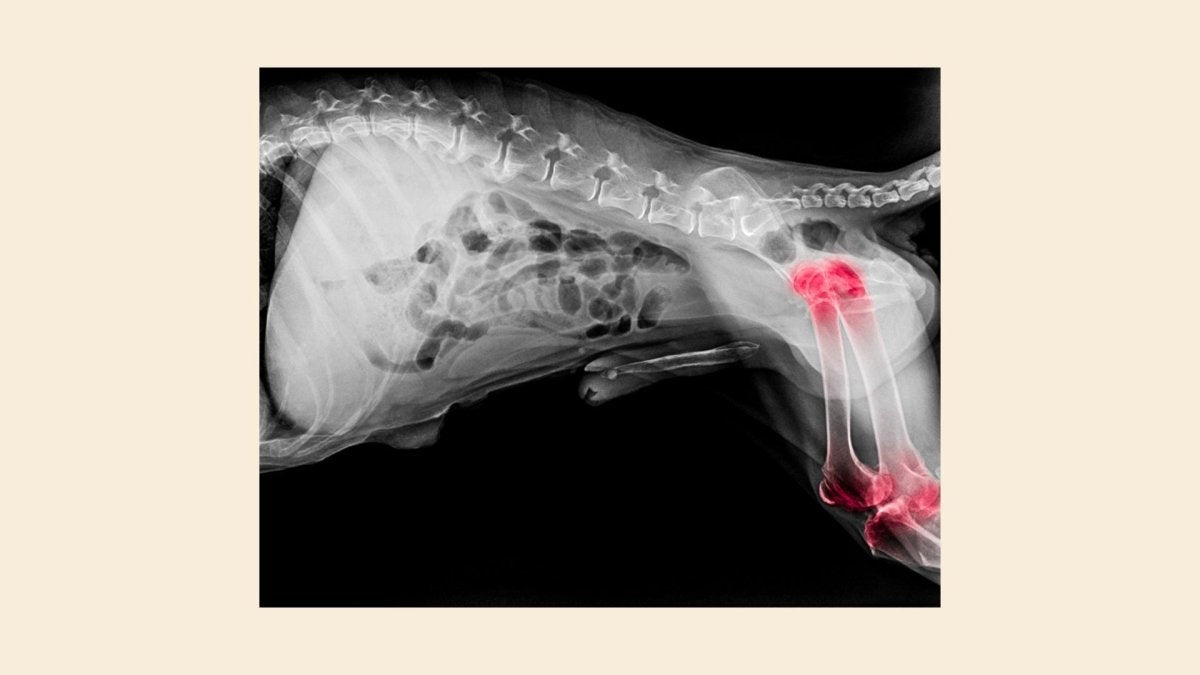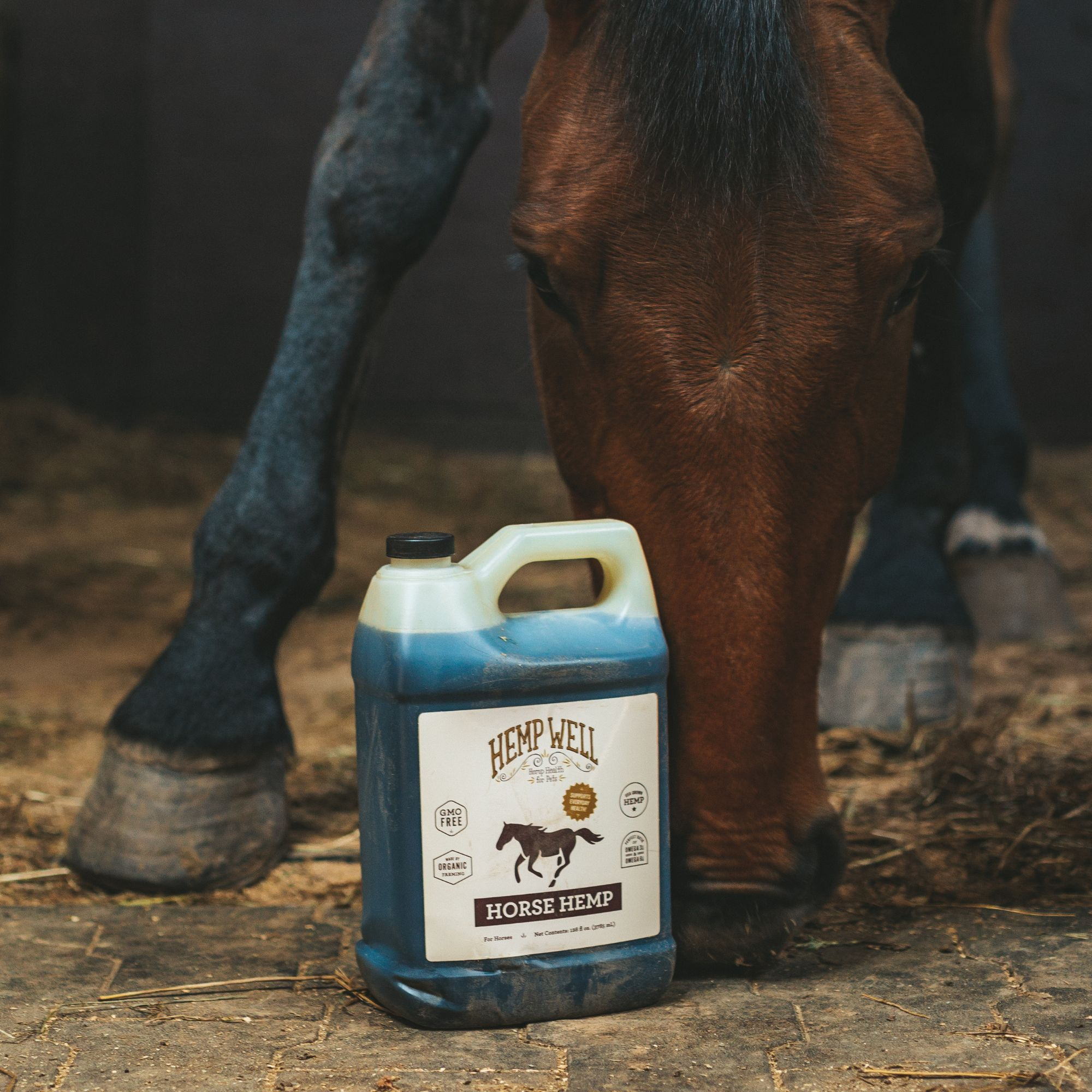What Is Hip Dysplasia In Dogs And How to Care For Your Dog?

Hip Dysplasia in dogs might be a scary word to many dog owners, especially pet parents who own a large sized dog breed like Labrador retrievers, Great Dane, and Saint Bernards. Let's discuss some steps that you can use to keep your dog comfortable.
What Is Hip Dysplasia In Dogs?
Hip Dysplasia implies that the hip joint does not properly fit in its place or it has not developed properly. This might cause laxity in the hip joint and can be very painful for your dog. Dysplasia is common in certain breeds - it can also result from osteoarthritis. This condition is more common in larger breeds. However, it might occur in small breeds as well.
Effects Of Hip Dysplasia In Dogs:
- Pain in joints.
- Stiffness in joints.
- Difficulty in walking, climbing stairs and running.
- Lethargy
- Not interested in exercises
- Change in walking pattern
- Muscle mass decreases in the affected thigh
How To Care For Hip Dysplasia In Dogs?
You can improve the quality of life for your dog through proper care and comfort. Most importantly, provide optimal nutrition during the puppy stage for your dogs, specifically for dog breeds that are more susceptible to hip dysplasia. You could choose dog foods that are enriched with glucosamine. Maintain the correct weight for your dogs to avoid too much pressure on the joints. Do not give high-intensity exercises whereas continuing with moderate exercise and physical therapy. Joint supplements and omega fatty acid supplements can be given which may reduce inflammation from every day activity. Consider a comfortable orthopedic bed for your dog which will help them relieve pressure on their joints while resting. Discuss with your vet other treatment options.
Above all, ensure you are there for your dogs during their difficult and painful situations. This might serve as emotional support for them and make them feel better.










